Elected Women Representatives (EWRs) have played a crucial role in driving positive change at the grassroots level. India stands as a global leader in this regard, with 1.5 million women serving as elected members of Panchayati Raj Institutions (PRIs) or Rural Local Bodies. India has approximately 2.63 lakh panchayats across three levels—Gram Panchayat, Panchayat Samiti, and Zila Parishad. Among the 32.29 lakh elected representatives in these local governance bodies, women account for 46.6 per cent. Despite this significant representation, the meaningful participation of women remains a challenge, particularly in northern states such as Uttar Pradesh, Bihar, Haryana, and Rajasthan. In these regions, male relatives—husbands, fathers, or brothers—often exert control over decision-making, reducing many women to mere figureheads.
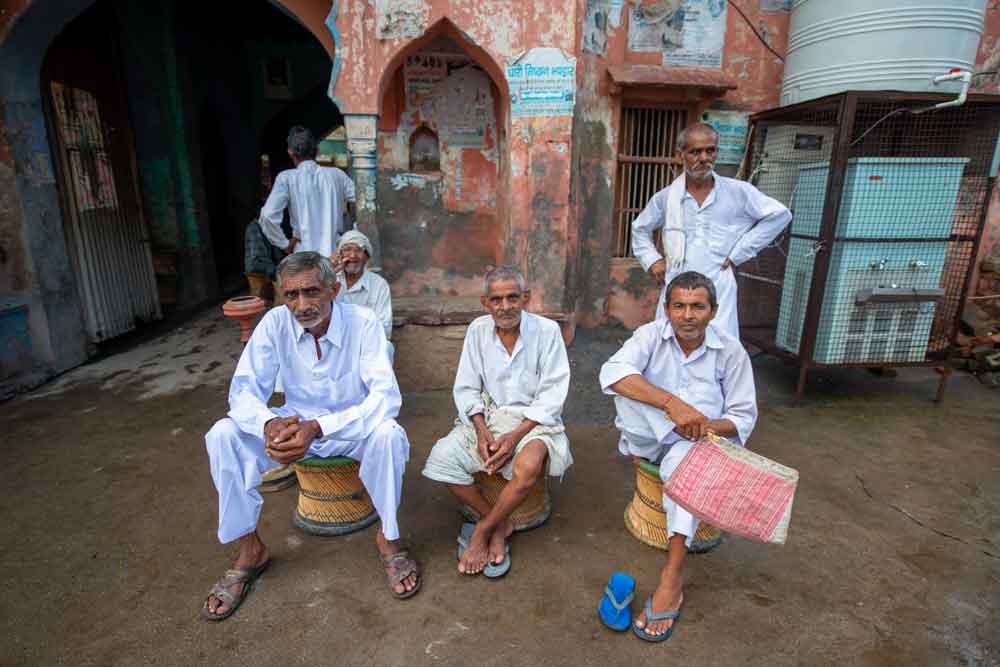
The Issue of Proxy Leadership
A major barrier to women's empowerment in Panchayats is the persistence of "Pradhan Pati" (proxy leadership), where elected women leaders are sidelined by male family members who wield power in their name. While constitutional provisions exist to promote women's participation, patriarchal norms and bureaucratic oversight continue to undermine their authority.
- Threats, violence, and societal pressure discourage women from actively engaging in governance.
- Enforcement challenges persist, as strict penalties against proxy leadership may drive the issue underground instead of addressing deep-rooted patriarchal structures.
The Growing Impact of Women-Led Panchayats
Despite these challenges, an increasing number of women are resisting proxy leadership and asserting their authority in local governance. Studies suggest that villages with actively engaged female leaders witness notable improvements in social and economic development.
According to research by the Indian Institute of Management (IIM) Ahmedabad, Panchayats led by women prioritise key issues such as education, healthcare, and sanitation more effectively than those led by men. A World Bank report highlights that states with higher female political participation have experienced significant progress in rural development indices. While structural barriers remain, the growing leadership of women in local governance is a promising step toward more inclusive and equitable rural development.
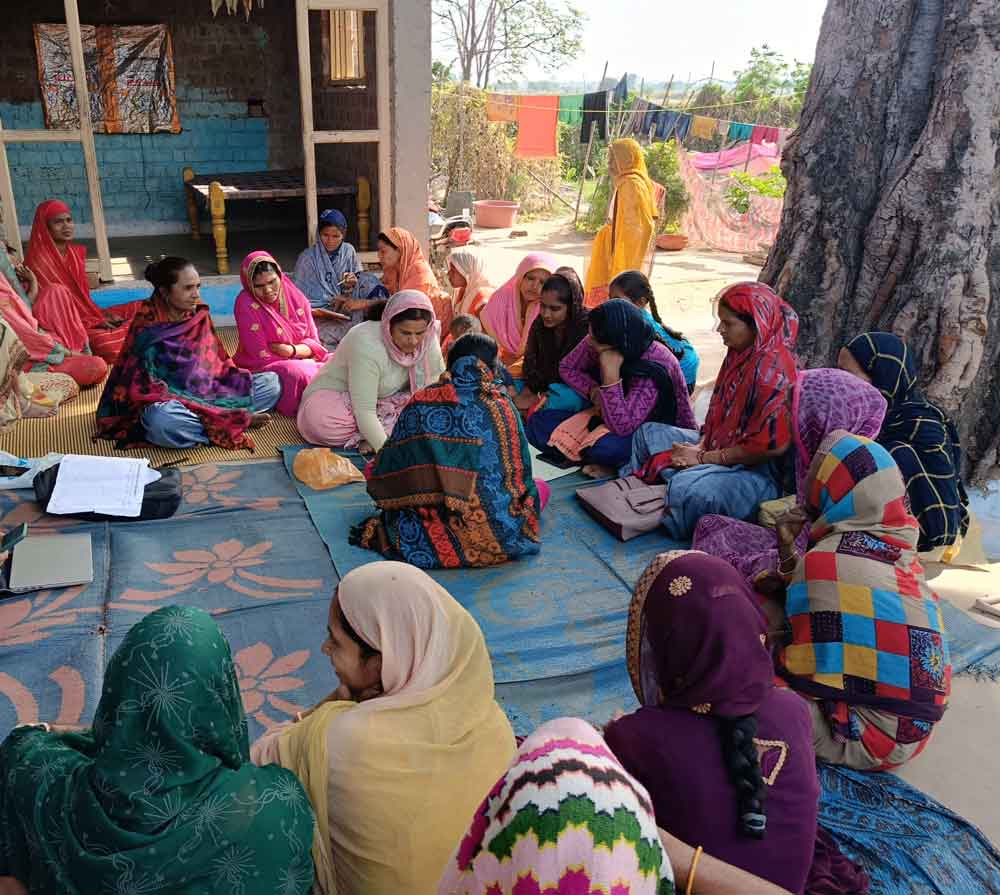
Education and Networking: Tools for Change
One of the most effective ways women are breaking free from proxy politics is through education and networking. Access to formal education equips women with the knowledge to understand governance, policies, and their rights. Additionally, networking with other women leaders and advocacy groups has helped them exchange strategies, gain confidence, and challenge patriarchal control.
Several state governments and independent organisations have facilitated leadership workshops and skill-building programs, empowering women to navigate political structures effectively. Through these initiatives, women leaders have gained the tools to assert their authority, ensuring their voices are heard in decision-making processes.
Government Support: Legal and Financial Backing
Recognising the need to support women’s independent leadership, the government has introduced several policies and financial incentives. Laws preventing the practice of proxy leadership are being strengthened, and schemes such as capacity-building programs, training sessions, and financial grants help women lead more effectively. State-level interventions, including reservation policies and legal mechanisms, have also played a crucial role in reinforcing the legitimacy of women-led governance.
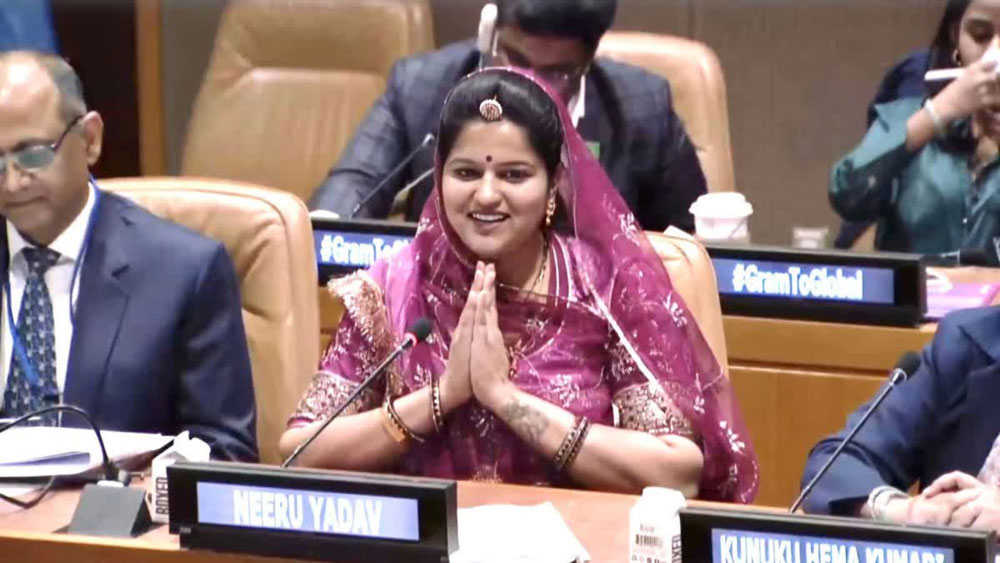
Recommendations from the Ministry of Panchayati Raj Panel
A recent report by a panel constituted by the Ministry of Panchayati Raj (MoPR) has put forth several recommendations to address the issue of proxy leadership in Panchayati Raj Institutions (PRIs). The committee advocates for "exemplary penalties" for proven cases where male relatives act on behalf of elected women representatives, aiming to deter such interference and uphold women's autonomy in governance.
To further empower women leaders, the panel suggests implementing policy interventions such as gender-exclusive quotas in panchayat subject committees and ward-level committees, similar to initiatives in Kerala. Additionally, the establishment of annual awards recognising efforts against proxy leadership, appointment of women's ombudspersons, and public swearing-in ceremonies for women pradhans in Gram Sabhas are recommended to reinforce their authority and visibility.
In a significant move to combat the "Sarpanch Pati" phenomenon, the Ministry of Panchayati Raj also launched the 'Sashakt Panchayat-Netri Abhiyan' on International Women's Day this year.
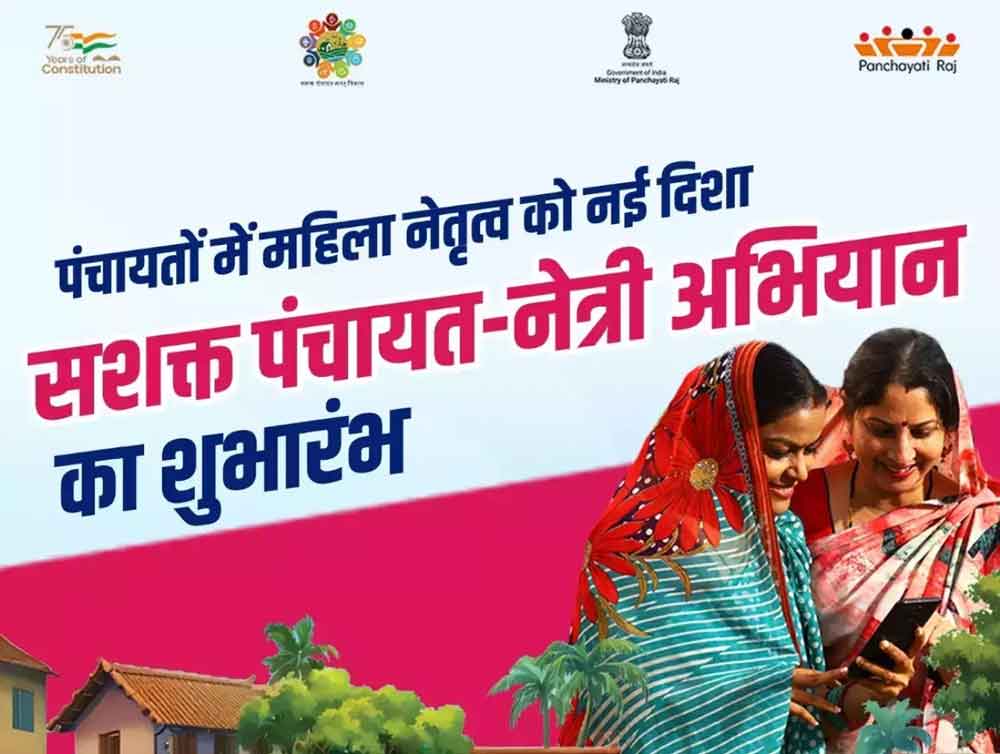
This capacity-building initiative aims to enhance the leadership and decision-making skills of women in Panchayati Raj Institutions (PRIs). A key component of the program is a comprehensive primer on laws addressing gender-based violence and harmful practices, equipping women leaders with the legal knowledge to protect and empower women and girls in their communities. The launch event at Vigyan Bhawan saw participation from over 1,200 women Panchayat leaders and underscored the government's commitment to strengthening women's roles in local governance.
Technological solutions are also proposed, including virtual reality simulation training to enhance governance skills, AI-powered guidance in vernacular languages for real-time legal and governance support, and the creation of WhatsApp groups linking Women Elected Representatives (WERs) with panchayat and block officials to facilitate issue resolution. Furthermore, utilising the Panchayat Nirnay Portal to enable citizens to track pradhans' participation in meetings and decisions is suggested to ensure transparency and accountability.
Role of NGOs in Mentoring Rural Women Leaders
Non-Governmental Organizations (NGOs) have been instrumental in helping women Panchayat leaders transition from symbolic figures to effective policymakers. Many NGOs provide training on legal rights, governance structures, and financial planning. They also offer mentorship and advocacy support, helping women navigate challenges and resist external pressures to relinquish control.
Organisations such as the Self-Employed Women’s Association (SEWA) and The Hunger Project have conducted training sessions to educate women about their roles and responsibilities. Their intervention has led to the emergence of confident and self-reliant leaders who are capable of making independent decisions.
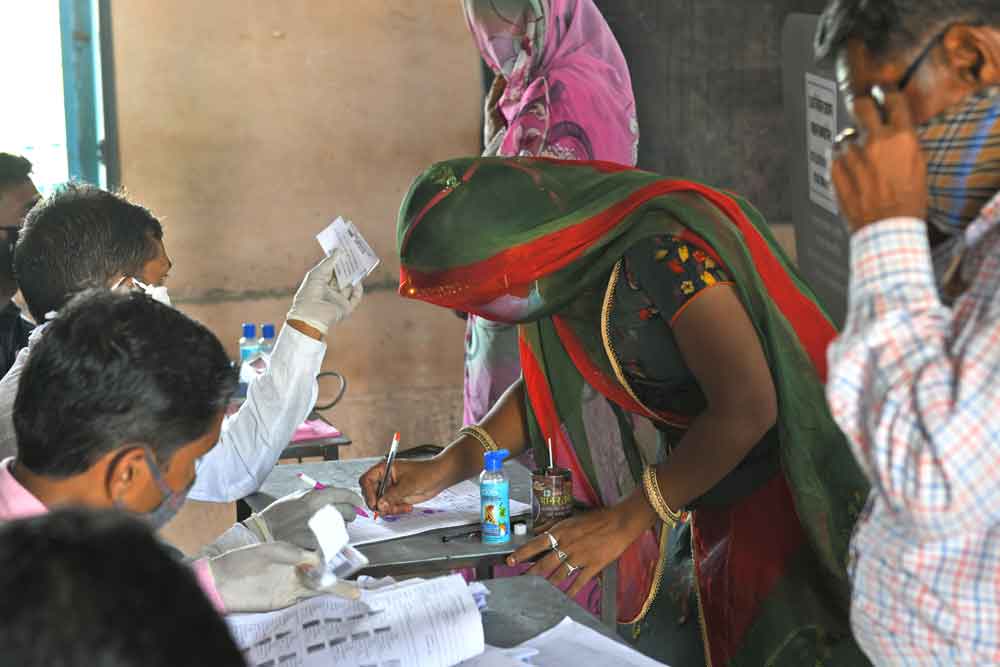
Stories of Transformation
Across India, numerous women Panchayat leaders have challenged patriarchal norms to create meaningful change in their communities.
Bharti Devi, Bihar: Despite her husband initially controlling village affairs, Bharti gradually asserted her authority. With the support of women’s self-help groups, she successfully implemented sanitation and healthcare initiatives, improving public health in her village.
Kamla Bai, Madhya Pradesh: As a Dalit woman sarpanch, she took charge of water conservation projects in her drought-prone village, implementing sustainable water management practices despite opposition from male leaders.
Sumitra Devi, Rajasthan: After facing resistance from local power structures, she worked with NGOs to establish women-led agricultural cooperatives, improving financial independence for rural women.
The battle against proxy politics is far from over, but the rise of educated, confident, and well-networked women leaders is shifting the landscape of local governance. With continued legal, financial, and social support, women Panchayat leaders can redefine grassroots politics, ensuring true representation and transformative governance in rural India.